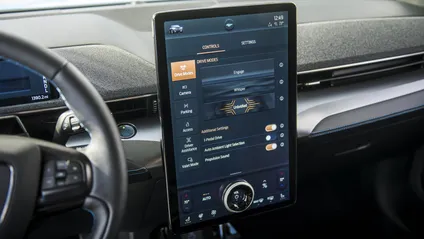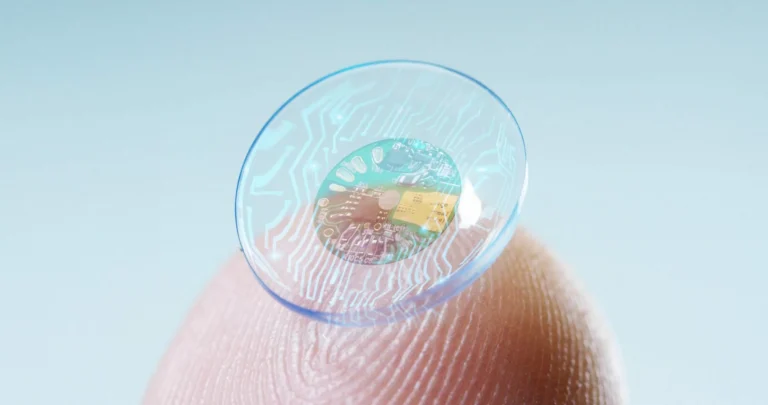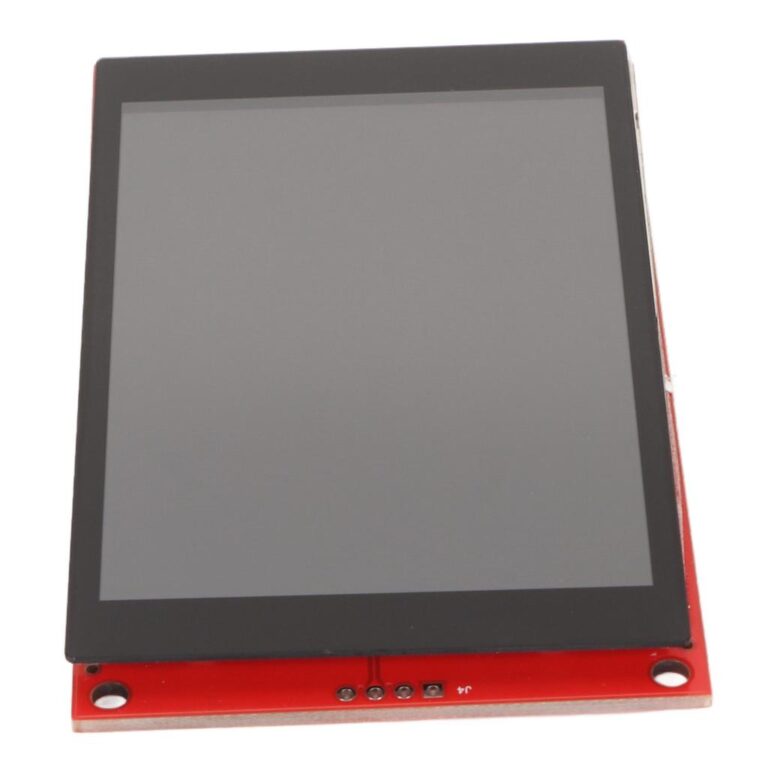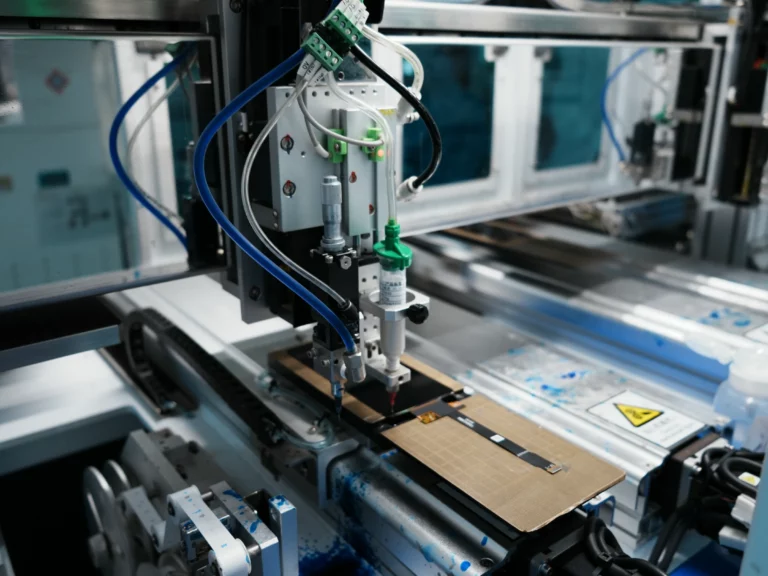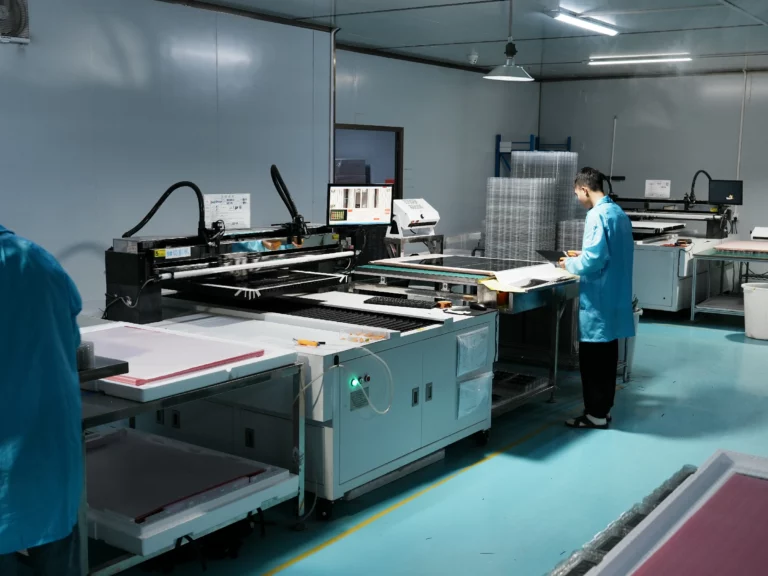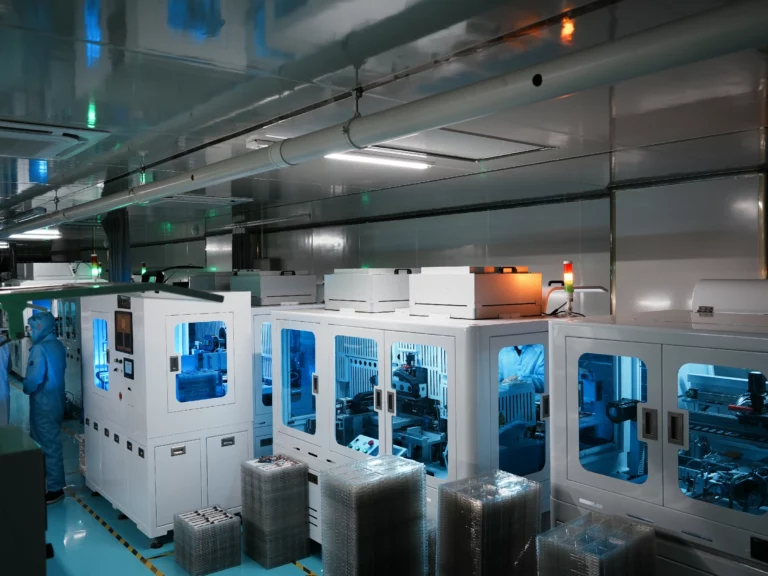What Makes a Display “Automotive-Grade”?
Unlike consumer electronics panels, an automotive-grade display is engineered to withstand extreme and unpredictable conditions:
- Temperature tolerance from -40°C to +85°C for global climates.
- High vibration and shock resistance for rugged road environments.
- 10+ years of guaranteed lifecycle support to match vehicle longevity.
- Functional safety compliance ensuring no compromise to driving safety.
This rigorous engineering ensures that automakers can deliver not just technology, but reliability and trust on the road.
Key Selling Points of Automotive-Grade Displays
Superior Visibility in All Conditions
Con brightness up to 1000 cd/m² e anti-glare treatments, drivers enjoy crystal-clear readability—even under direct sunlight.
Designed for Safety and Comfort
Wide viewing angles, glove-friendly touch, and low-latency response ensure that displays never distract, but always assist.
Long-Term Availability
Unlike consumer screens that phase out quickly, automotive-grade displays guarantee long-term availability and component stability, critical for OEM production.
Enhanced Aesthetics and Customization
Curved, freeform, or round displays seamlessly integrate into futuristic car interiors, enabling premium brand differentiation.
Applications Across the Vehicle Ecosystem
Cluster strumenti digitali
Replacing mechanical gauges, these displays deliver dynamic, customizable information at a glance.
Central Infotainment Systems
From navigation to entertainment, central displays provide drivers with personalized digital experiences.
Passenger Entertainment
Rear-seat and co-driver displays transform travel into a connected lifestyle with video, apps, and games.
Head-Up Displays (HUDs)
By projecting navigation and alerts directly onto the windshield, HUDs elevate both safety and convenience.
Why OEMs and Tier-1s Choose Automotive-Grade Displays
Car buyers demand technology-rich experiences, and automakers face the challenge of blending reliability with innovation. Automotive-grade displays deliver:
- Safety compliance with ISO 26262 standards.
- Reduced warranty risks thanks to proven durability.
- Stronger brand positioning through futuristic display integration.
- Global scalability with MIPI, LVDS, and CAN-compatible interfaces.
In short, choosing automotive-grade displays is not just about hardware—it’s about building trust and brand equity.
The Future of Automotive Displays
The road ahead is clear: displays will become larger, smarter, and more immersive. Trends shaping the next decade include:
- OLED adoption for vibrant contrast and flexibility.
- Mini-LED and micro-LED backlighting for ultra-high brightness and energy efficiency.
- Integrazione senza soluzione di continuità dell'abitacolo, che unisce gruppi di strumenti, sistemi di infotainment e HUD in un unico ampio display.
- Interfacce di realtà aumentata che guidano i conducenti con dati in tempo reale sovrapposti al mondo circostante.
Per i costruttori automobilistici, allinearsi a queste innovazioni di visualizzazione significa mantenere un vantaggio nella corsa verso veicoli autonomi e connessi.
Conclusione: Il vantaggio competitivo dei display di grado automobilistico
Un automotive-grade display è più di uno schermo: è un abilitatore strategico per i costruttori automobilistici. Combinando affidabilità robusta, conformità alla sicurezza e visuali all'avanguardia, questi display colmano il divario tra tecnologia e fiducia.
Man mano che i veicoli diventano sempre più digitali, il display rimarrà la finestra del conducente sul futuro della mobilità. I produttori che investono oggi in una vera tecnologia di grado automobilistico garantiranno il loro ruolo come leader nel futuro ecosistema dei trasporti intelligenti.


